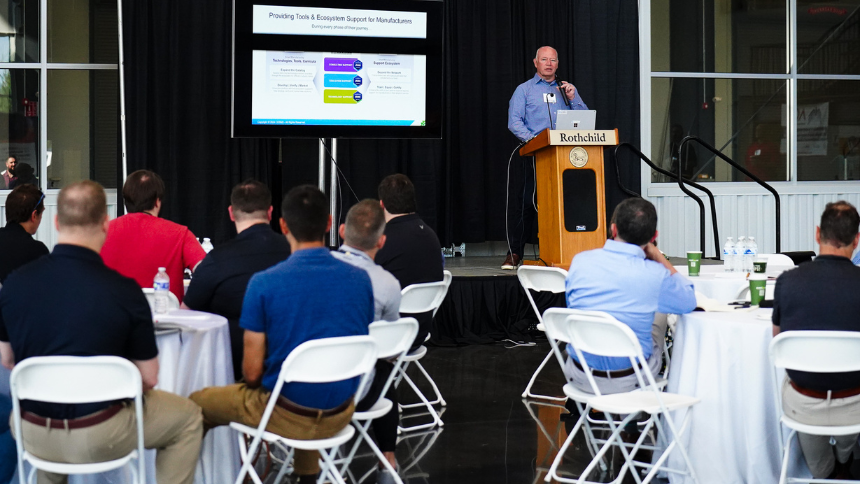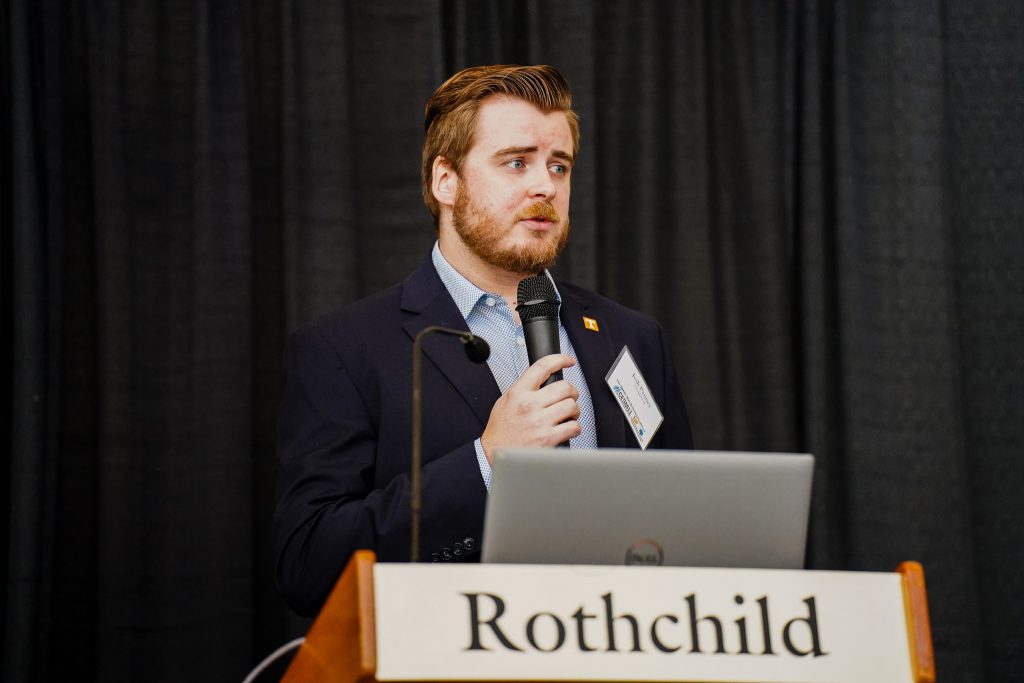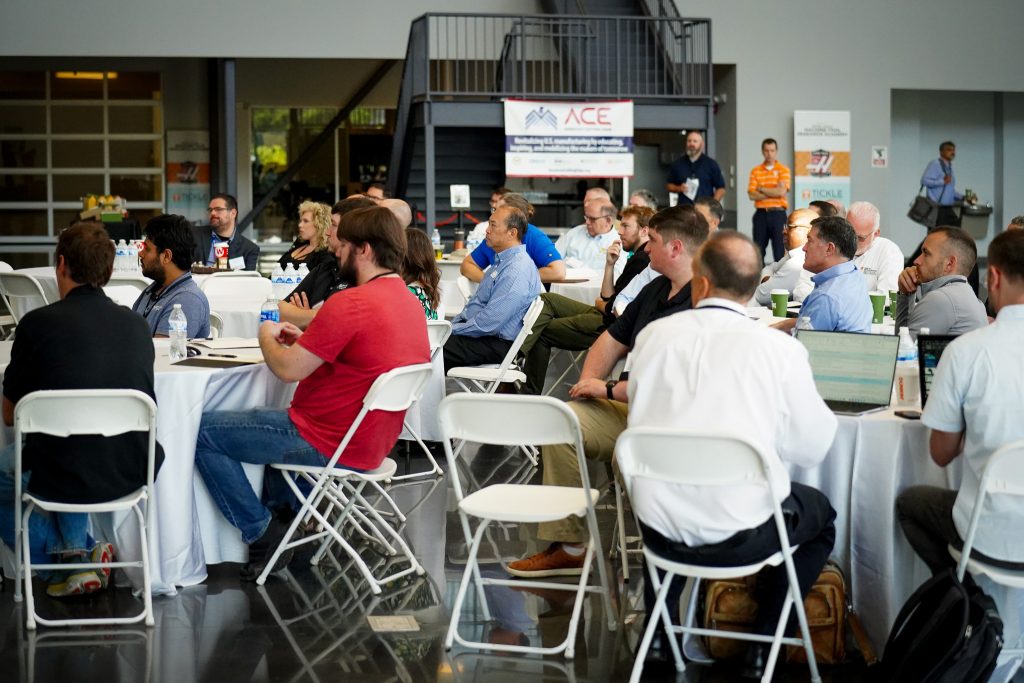
Smart Manufacturing | Moving toward the future
TN-MADE hosted the CESMII Smart Manufacturing Roadshow on May 29.
Manufacturers, consultants, and industry leaders from across the state visited the TN-MADE facility last week to learn about innovative processes and smart manufacturing initiatives.
One of the biggest industries in Tennessee is manufacturing. In order for it to continue to thrive, processes will need to adapt to the changing times.
Dr. Joshua Penney, the Director of TN-MADE shared how the space in Hardin Valey is intended to be an industry-focused, collaborative space focused on innovation in manufacturing. He emphasized the importance of educating the younger generations – while pointing to the number of students in grade schools, community colleges, and universities in the area. The Tennessee Manufacturing and Design Enterprise (MEP) shared that they are interacting a lot with those students through the “FIRST” programs, which help connect students to STEM careers. America’s Cutting Edge (ACE) is also a great resource for those students.
He said equipping future generations to be interested in manufacturing careers will be key to keeping the economy thriving in Tennessee.

Since the inception of the facility, TN-MADE and MEP have served 191 manufacturers across the state, and have had 1,537 visitors to the site – including major manufacturers like Volkswagon and Ford.
“We are happy to share that we now have four bays open for manufacturers to utilize. They are fully operational, and we hope to pair students with any companies that occupy the spaces to help with workforce,” said Penney.
MEP is dedicated to helping more students connect to those opportunities.
Rob Schoenthaler took the stage next to share how technology is infiltrating the manufacturing space, and why rollout of that high-tech may be slower than anticipated.
“The issue with new technology is that the smaller companies – which are the majority of manufacturing companies cannot afford to implement it,” he said.
So, where can manufacturers start? Schoenthaler said they can start by identifying some of the “blindspots” in the facility. Can you bring those areas up to speed to prevent bottlenecks? If not, are there minor technological advances that can speed it up, without purchasing a new machine?
These things are true:
- “A well-designed system will degrade into a badly-designed system over time.”
- “There is no fundamental upper limit on Software Complexity.”
- “Complexity is a moat (filled by leaky abstractions).”
He walked through some key softwares and systems that facilities can utilize to focus on their bottlenecks, and help bring some of the slower systems up to speed.
Schoenthaler shared an example of how he helped a facility that had old, but efficient equipment attach data cameras to the machines. The cameras were able to pull pictures of performance throughout the day, which enabled operators to make better-informed decisions.

Dozens of people participated in workshops to learn how to employ new, smart technologies in their facilities to help manufacturing processes across the state be more competitive in the national market.
Like what you've read?
Forward to a friend!

